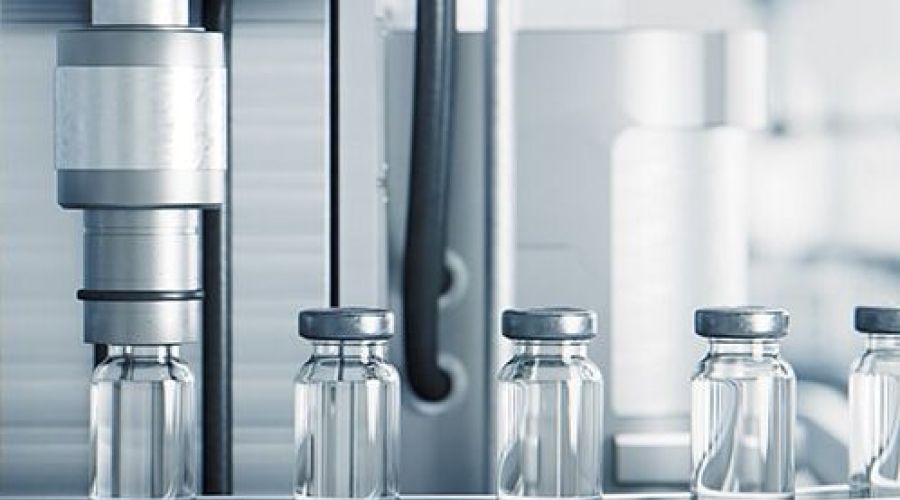
The Future of “Industry/Technology” in Industry 5.0
The life sciences industry is undergoing rapid growth and significant transformation. Breakthroughs in biotechnology, new drug discoveries, and cutting-edge medical devices are transforming how we think about healthcare. However, this promise comes with many challenges.
Although robots have historically performed hazardous, monotonous, or physically exhausting tasks in manufacturing plants and other lifescience industry workplaces, Industry 5.0 extends this capability to enable them to collaborate with human workers.
For instance, instead of being fenced off for safety purposes, a new breed of ‘Cobots’ capable of working safely alongside humans is presenting novel prospects for lifescience enterprises. The collaboration between human and machine workers enables individuals to concentrate on processes that add value and elevate the personalization of products to a new level.
For example, the medical profession could use this approach to create devices that are tailored to an individual, such as a diabetes app that permanently monitors the glucose level and tracks your lifestyle and informs the manufacture of a device to suit your individual needs.
The ability to tailor products to meet individual requirements can be extended to other industries, such as electronics, automotive, and more, incorporating a personal, human touch to enhance the offerings generated through Industry 4.0.
Industry 5.0 for life science enterprises refers to the integration of robots and intelligent machines with humans, incorporating enhanced resilience and sustainability objectives. Industry 4.0 focused on technologies such as the Internet of Things and big data, while Industry 5.0 sought to add human, environmental, and social aspects back into the equation.
Industry 5.0 can be viewed as complementing the advances made in Industry 4.0, rather than replacing them. This allows humans to intervene where necessary, while still taking advantage of the precision and repeatability of machines.
Leave a Comment
You must be logged in to post a comment.